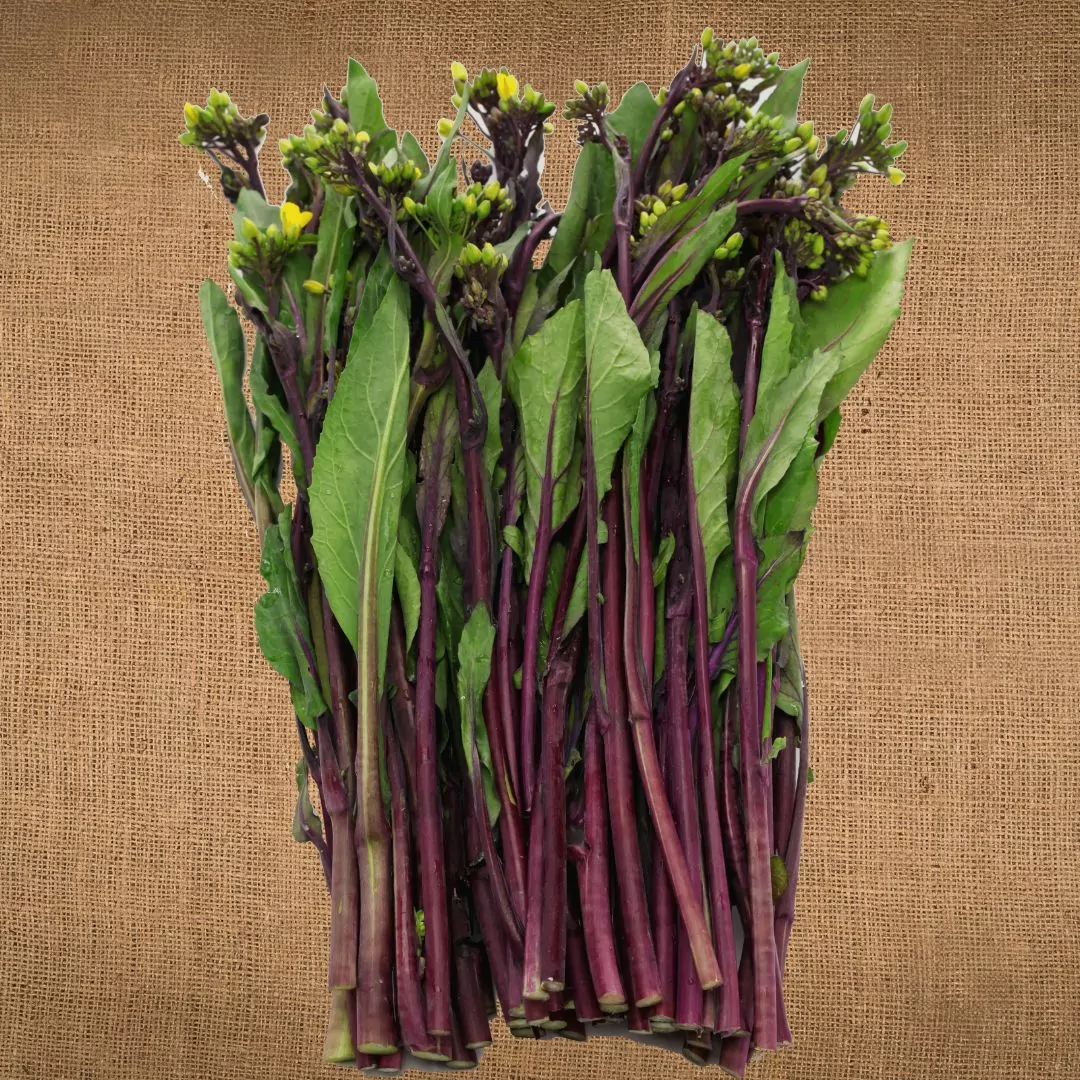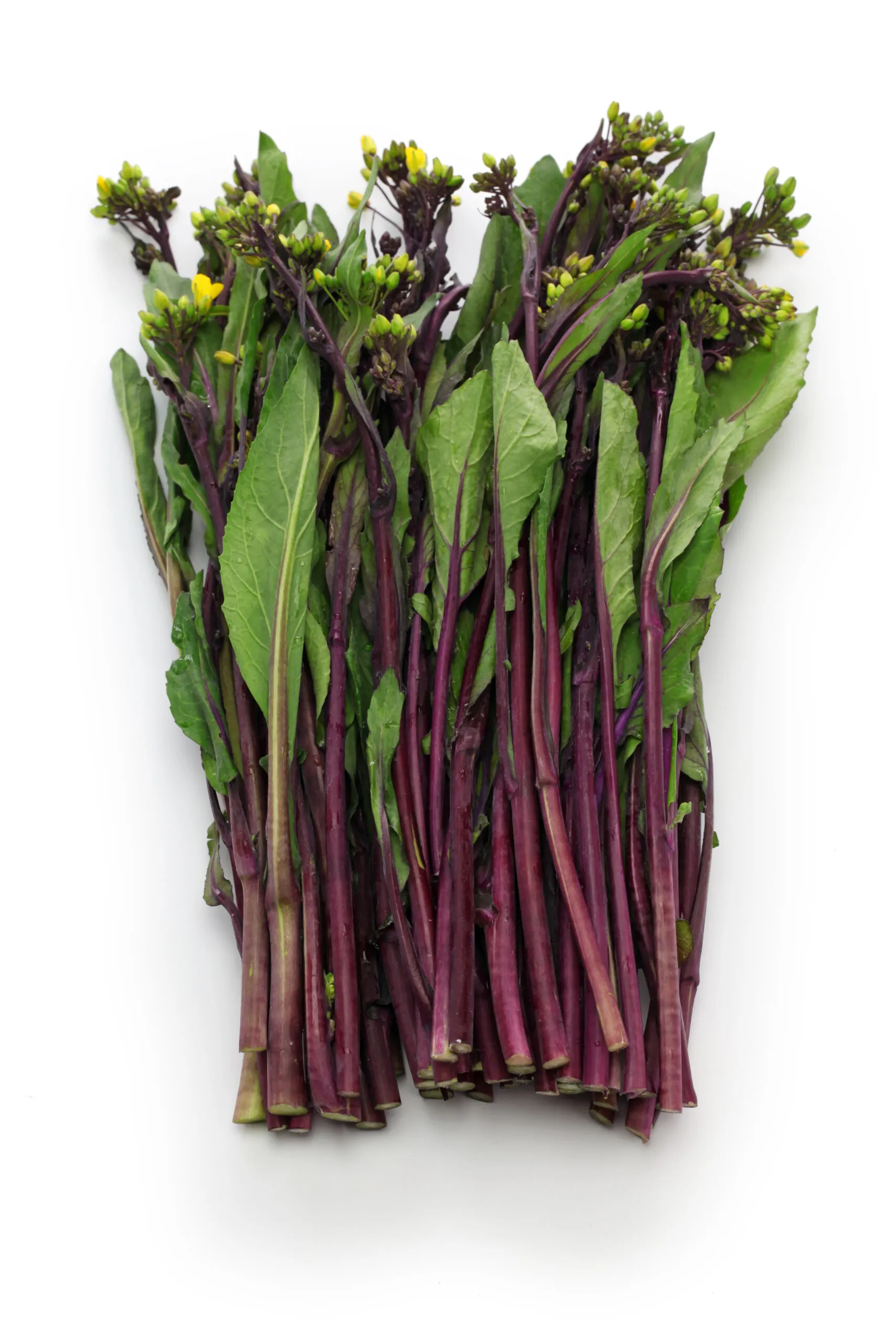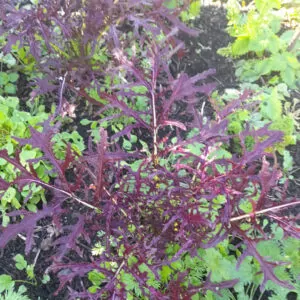GROWING GUIDE FOR CHOY SUM
Choy sum, also known as Chinese flowering cabbage, is a type of Asian green
that is easy to grow and highly nutritious. It is a cool-season crop that can be
planted in both spring and fall, and it is a great choice for those who want to add
some variety to their vegetable gardens. Here are some tips on how to grow choy
sum:
1. Choose a sunny spot in your garden. Choy sum prefers well-drained soil
and full sun, although it can tolerate some shade. If you live in a hot
climate, it’s best to plant choy sum in a spot that receives morning sun and
afternoon shade.
2. Prepare the soil. Work compost or well-rotted manure into the soil before
planting to improve fertility and drainage. Choi sum prefers slightly
acidic soil with a pH of 6.0 to 7.0.
3. Plant seedlings or seeds. You can either buy seedlings from a nursery or
start your own from seed. Sow the seeds about 6mm deep and space them
about 15cm apart. If you’re planting seedlings, space them about 30cm
apart.
4. Water regularly. Keep the soil consistently moist but not waterlogged.
Watering in the morning is best, as it will help prevent mildew and other
fungal diseases.
5. Fertilise. Apply a balanced fertiliser once a month during the growing
season to keep your plants healthy and productive.
6. Pinch back. To encourage bushier growth, pinch back the tips of the
plants when they reach about 15cm tall. This will also help to prevent
bolting (running to seed prematurely).
7. Harvest. Choy sum is ready to harvest when the leaves are firm and deep
green, usually 60-70 days after planting the seeds. Cut the leaves at the
base of the plant, leaving enough so the plant can continue to grow.
With proper care and attention, you can enjoy a bountiful harvest of choy sum in
no time!
Note: As always, it’s important to note that these tips are general and not all
conditions/ climates are the same, so you may want to check if the above tips
can be applied on your specific area and location.
We hope you enjoy growing these heirloom and often rare varieties. While we grow seed commercially it’s home gardeners who are keeping them alive!


